Yesterday during our bush walk Edward, one of our rangers, pointed out an antlion cone. He explained that antlions construct these cones to trap prey and remain in this larval stage for about two years before pupating into adult insects that resemble dragonflies. Once they reach adulthood, they have only about two months to live. I was struck by the irony that once this creature finally learns to fly, its life is almost over.
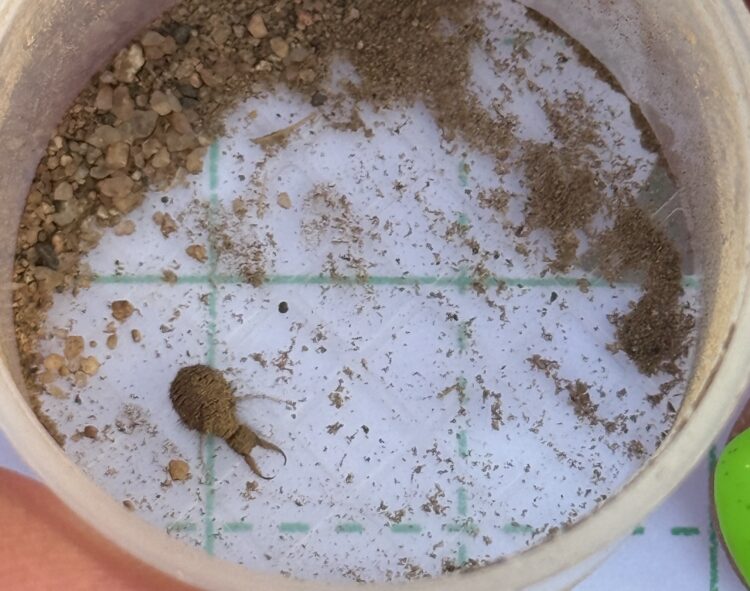
It made me think about how often people limit themselves by underestimating their abilities. Too often, we fall prey to societal norms, expectations, or our own limiting beliefs.
Today while driving from Skukuza to Wakkerstroom, one of my travel companions asked our guide David how he became a guide. He shared that as a child he loved birds, and one day realized he could use that passion to improve his life and grow as an individual.
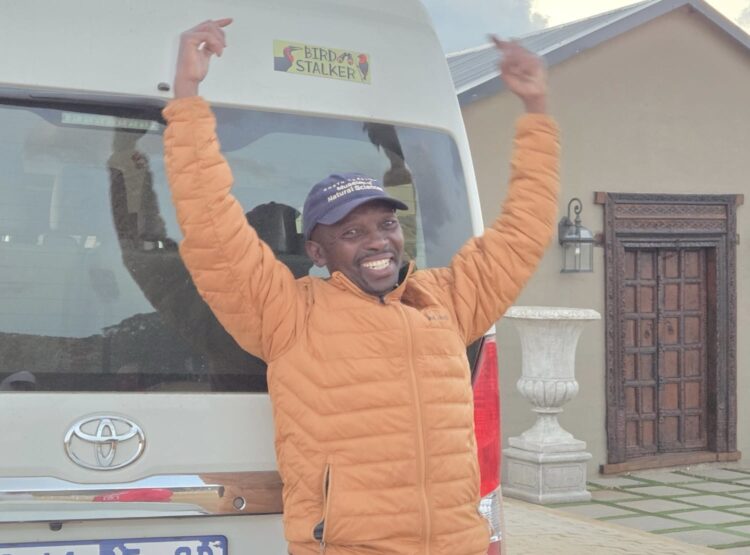
Both of these moments reminded me of our role as educators. Yes, we must teach children to read, do math, understand civics, and explore science. But perhaps an even more important role is helping them discover and nurture their innate abilities so they can advance themselves in life as early as possible.
As we continue to explore this beautiful country, I challenge those traveling with me—and anyone reading this—to reflect on how we can help the children in our lives realize they can “fly” sooner rather than later, so they can soar into brilliant futures, using their talents to make the world better. Our time is fleeting, and I hope each of us makes the most of it.
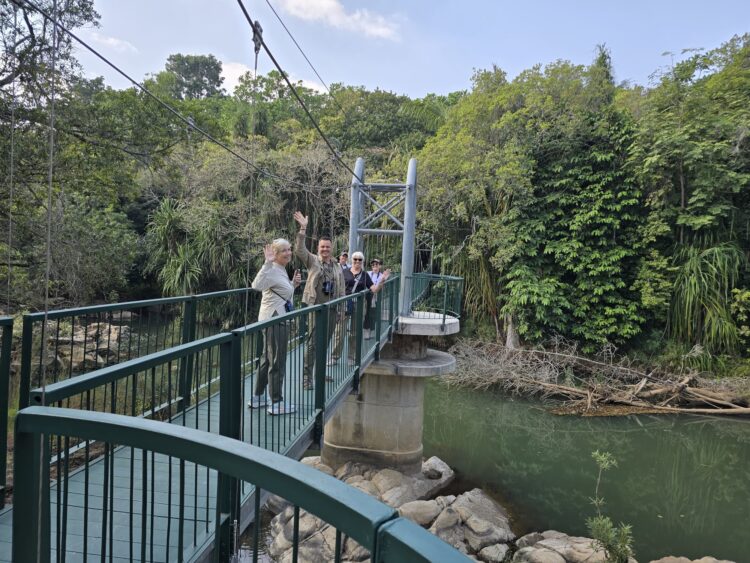
Today, we drove out of the “Kruger bubble” and began to experience another side of South Africa. The streets were lined with markets and people, full of color, energy, and everyday life—a striking shift from the vast wilderness we’d just left behind.
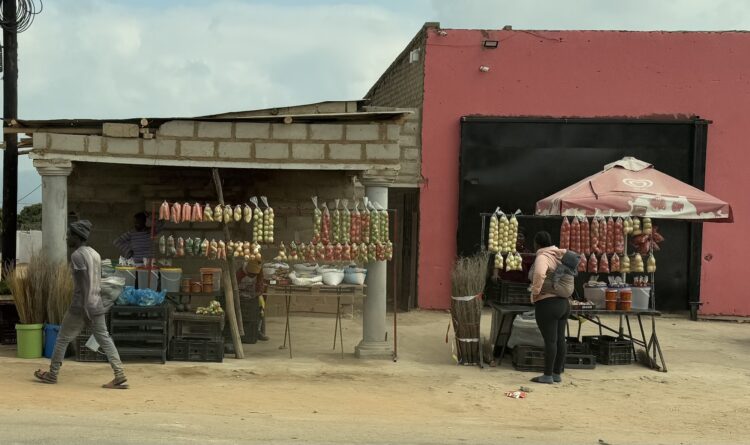
Much like the animals we are encountering humans are territorial, often seeking those who most resemble us. This instinct, while ancient, is not conducive to a stable society. South Africa’s journey with school desegregation mirrors that of the American South: parents with privilege frequently move their children to private schools, leaving public schools with fewer resources and opportunities. As a result, many students lose their chance at true equality. As educators traveling here and building relationships with our South African peers, we are reminded that progress comes when we step beyond those boundaries—when we choose collaboration over separation, and invest in creating opportunities that lift all children, not just those within our own circle.
P.S. The South African countryside is breathtaking. Golden fields stretch endlessly beneath an expansive sky, dotted occasionally with small farms and clusters of trees. Along the roadsides, we see a remarkable display of entrepreneurial spirit—fruit and vegetable stands, barbershops, makeshift building-supply stalls, and even individuals collecting small tolls to maintain paths around washed-out roads. The landscape feels both vast and alive, a reflection not only of natural beauty but also of the resourcefulness of its people.
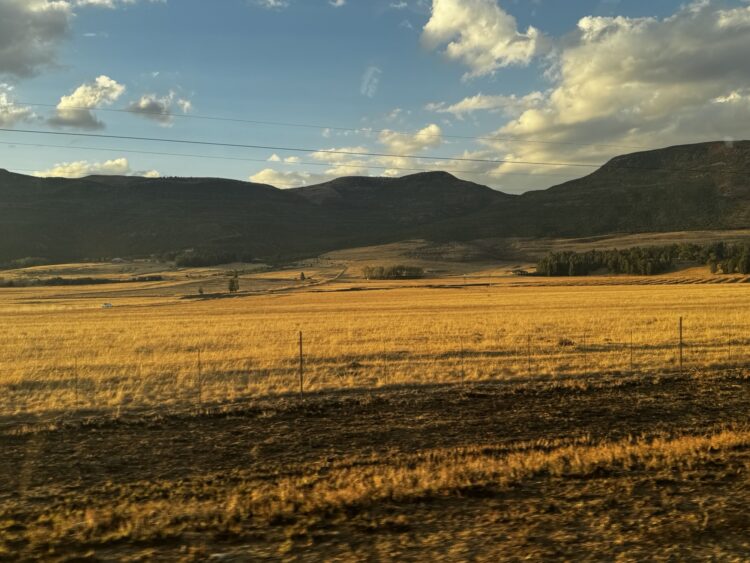

We are heading to an area that may not have service. If you don’t hear from us in the next few days, know we’re having a great time in Royal Natal National Park and will check back in when we have service!

5 COMMENTS
Megan Davis
5 months ago
I was looking at ant lion larvae with a group of students here in NC just last week! What a small world. How big were the ant lion pits that you found? Similar in size to ours? bigger? smaller? So glad you brought a bug box to stop and observe the tiny creatures! Two kinds of lions so far- one mammal, one insect!
Michael Warholik
5 months ago
Yes, the cones are both the same size as the ones in North Carolina
Lauren Warholik
5 months ago
What kinds of fruits and vegetables were at the roadside stands? Great pictures!
Michael Warholik
5 months ago
South Africa has a lot of citrus groves, so we saw a lot of that at the roadside stands. We also saw a lot of cabbage, tomato and avocado, which are also grown here in South Africa.
Patrice
5 months ago
🧡🦁🧡I am enjoying all that is being shared but I especially love the following thoughtful tidbit of wisdom that serves as a “gift of a reminder” and one that I presently hold dear…🧡…
“…our role as educators.
Yes, we must teach children to read, do math, understand civics, and explore science.But perhaps an even more important role is helping them discover and nurture their innate abilities so they can advance themselves in life as early as possible.”
🧡Nurturing is my favorite aspect of teaching and one, I now realize, I should permit myself to do freely…🧡